Taroona, Tasmania
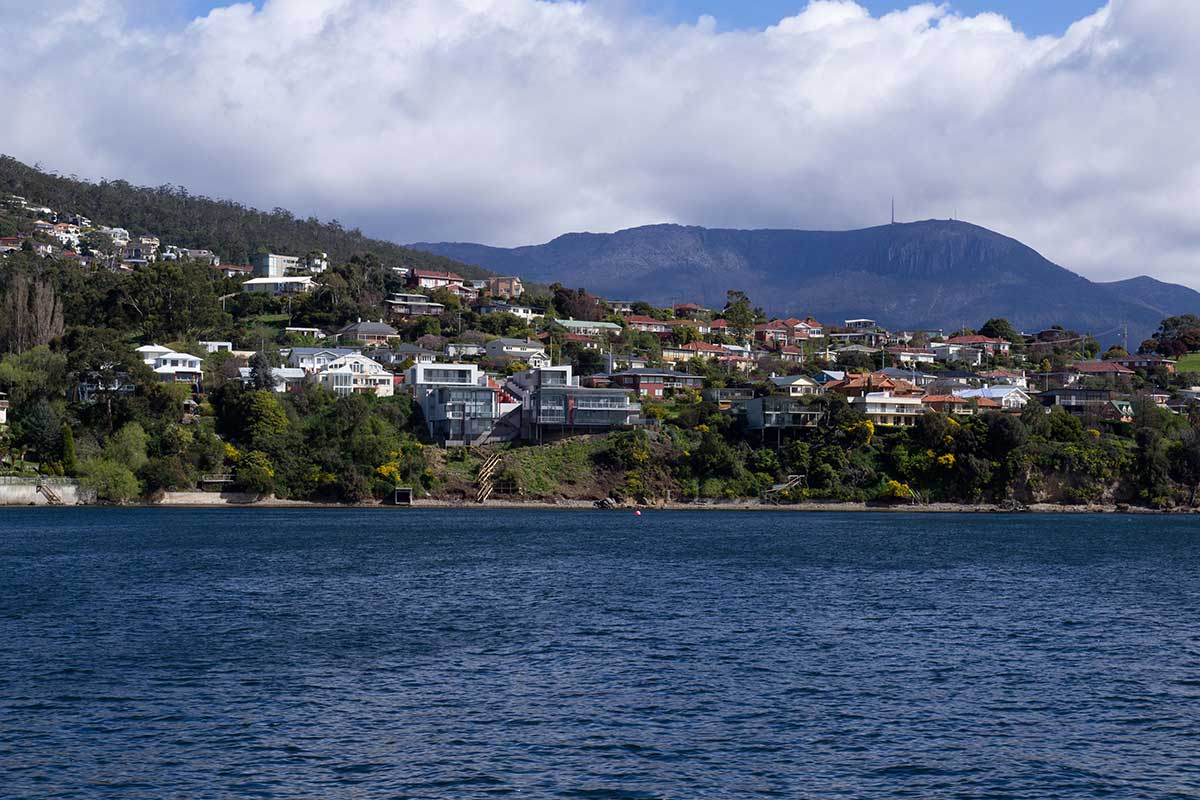
Taroona is a major residential suburb approximately 15 minutes drive from the centre of Hobart, Tasmania on the scenic route between Hobart and Kingston. Although on the edges of the City of Hobart, Taroona is actually part of the municipality of Kingborough.
Taroona is an Aboriginal word meaning sea-shell, specifically that of a 'Chiton'. The traditional owners of the lands now known as Taroona were the Aboriginal people of the Derwent estuary known as the Mouheneener people. Relatively little is known about the indigenous people's use of these lands, although some shell middens are said to have been found along the shorelines.
The first European settlement at Taroona took place in the early 19th century, when land was granted to settlers who had relocated from Norfolk Island. For the remainder of that century, the area was largely used for farming, and was sparsely populated. In the first half of the 20th century, more large and elegant residences were built, as well as beach shacks and cottages which were used for seaside holidays by the residents of Hobart.
On the foreshore above Taroona Beach there is the grave of a young sailor, Joseph Batchelor, who died on the Sailing Ship Venus in the Derwent Estuary in 1810, and was buried ashore on 28 January 1810. It is reputed to be the oldest European grave in Tasmania, and it is a declared Historical site.
After World War II, significant subdivision of Taroona was undertaken, and the suburb's population rapidly expanded. Having been developed mainly in the "era of the automobile", Taroona was from the beginning a commuter suburb, and it has a notable absence of commercial or retail premises, many of the early retail enterprises having lost the battle with larger supermarkets elsewhere.
Notable Taroonans
Taroona was the childhood home of Tasmanian-born Mary, Crown Princess of Denmark, who attended the river-side Taroona High School before completing her high schooling at Mount Nelson's Hobart College and embarking on her tertiary degree at the University of Tasmania.
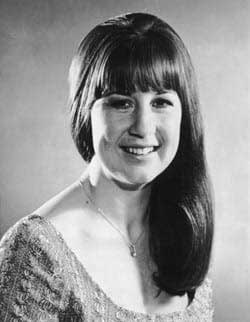
Judith Durham
Lead vocalist of The Seekers, Judith Durham (born Judith Mavis Cock, 3 July 1943) lived in Taroona as a young girl, and attended the Fahan School in Sandy Bay before moving to Melbourne in 1956. She joined The Seekers in 1963.
David Bartlett, former Tasmanian premier (2008), was also raised in Taroona. Gwen Harwood, poet and librettist, lived in Taroona with her family for a number of years in the nineteen fifties.

Truganini Reserve
Just before reaching Taroona is the Truganini Reserve, named after the woman cited (with some contention) as the last surviving "full-blooded" Tasmanian aboriginal. A steep track leads from the reserve through forest up the side of Mount Nelson to the semaphore station at the summit that offers superb views over the Derwent River. The return walk takes around an hour and a half.

Taroona Shot Tower
Shot towers were used in the 18th and 19th centuries in the manufacture of lead shot for weapons. In a shot tower, lead is heated until molten, then dropped through a copper sieve high up in the tower. Tasmania 's only shot tower is at Taroona, south of Hobart. Australia 's first shot tower and hot for muskets, Taroona Shot Tower was built in 1870. Built by Joseph Moir in 1870, it would remain Tasmania 's tallest structure for over 100 years, until superseded by the 61 m ABC tower in Hobart.
One of three surviving in Australia today (the most well known is in the heart of the Melbourne CBD), it is a remarkable tapered structure 48 metres tall and features an internal spiral staircase of pit-sawn timber and an external gallery at its top which was probably used to store firewood for the upper cauldron. The gallery is now a viewing platform. I won't tell you how many steps there are to the top, as those who make the trek and get the count right are given a certificate to say they climbed it. Entry fees apply.
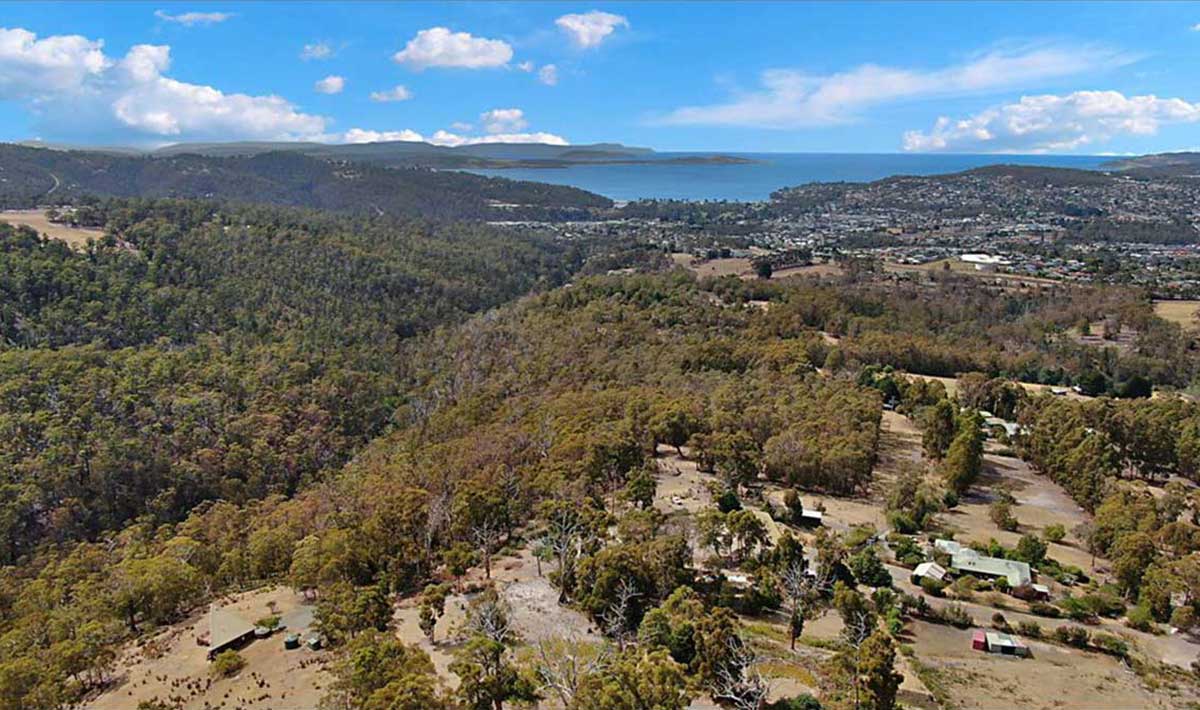
D'Entrecasteaux Channel from Bonnet Hill
Bonnet Hill
Bonnet Hill is named because of the shape of the hill as seen from the water. Bonnet Hill overlooks the entrance to the River Derwent, with the Iron Pot light house in distant view. In 1839 Bonnet Hill was selected for construction of a probation station, housing convicts and soldiers who would build that section of the Channel Highway connecting Hobart with modern day Kingston Beach to the south. Taroona's iconicshot tower was built in 1870 from stone recovered from the by then disused probation station buildings.
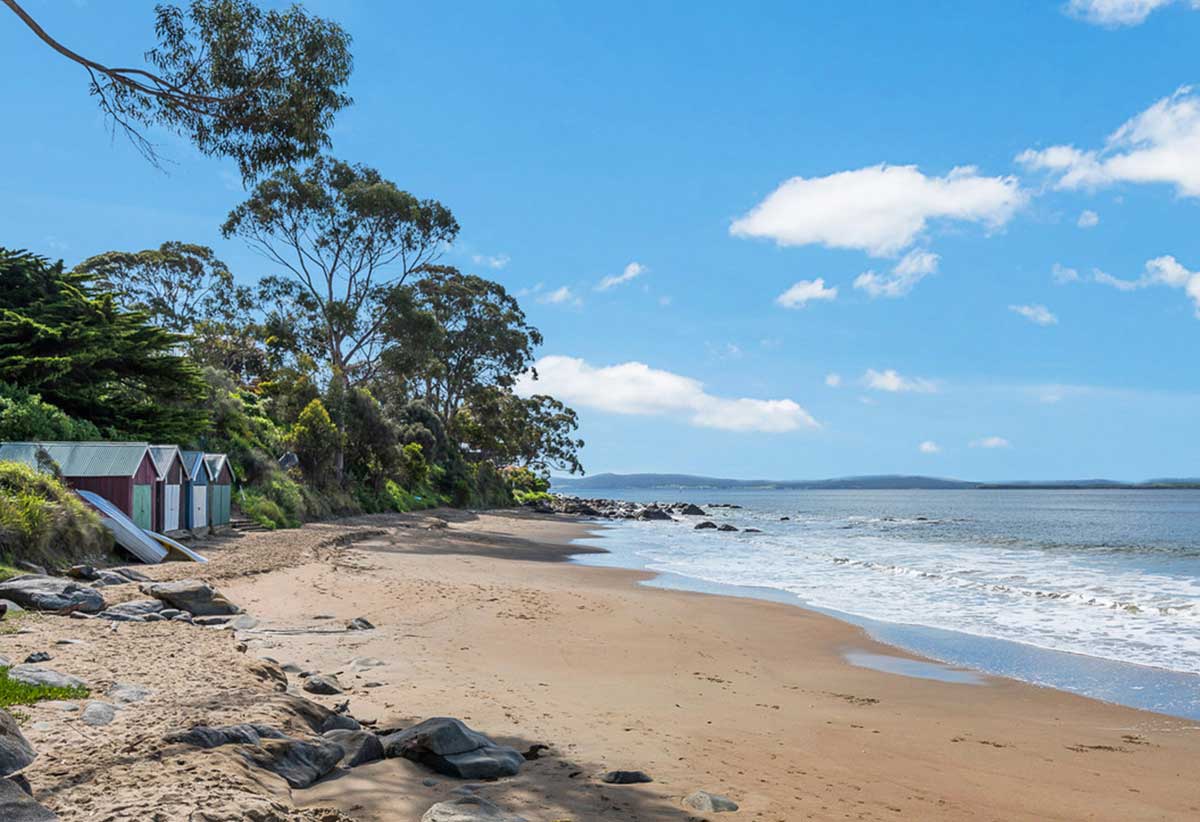
Hinsby Beach
Hinsby Beach
Named after Joseph and Mary Louisa Hinsby who arrived in Taroona with their children in 1908, purchasing 27 acres of land on 27th June 1908 and building a home at the top of Churchill Road, called “Bellevue”. In 1905 there was a junior school on the property. The family home “Bellevue”, burned down some decades ago. A reserve in the area is named after Mary Louisa Hinsby, who originally donated the land to Council in 1950 to be made a children’s playground. The Alum Cliffs walking track commences on the top of the bluffs above the southern end of Hinsby Beach and runs along the top of the 50-100 m high Alum Cliffs for 2 km to Tyndall Beach.

Tyndall Beach
Tyndall Beach
Tyndall and Kingston beaches are located to either side of the sandy mouth of Browns River, with the centre of Kingston located 1.5 km to the west. The northern Tyndall Beach is a southeast-facing 300 metre long sandy beach that extends from the southern rocks of 40 metre high Bonnet Point to the usually narrow sandy river mouth and associated sand shoals.
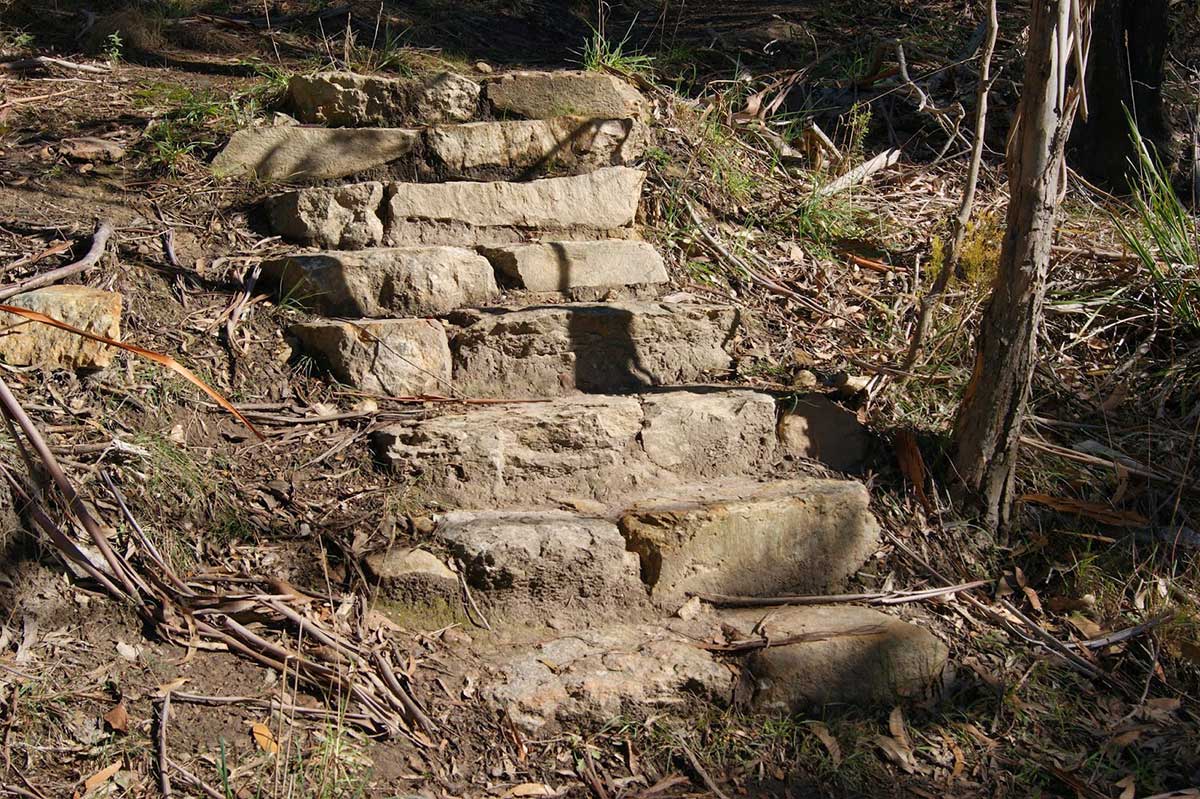
Brown's River Probation Station
The short-lived 1840s Brown's River Probation Station was built initially to provide a convict workforce in the area now known as Kingston. At its peak, the station housed about 370 prisoners, whose major task was to construct a road for horse and bullock-drawn vehicles between Hobart and Browns River (now Kingston) – the road we know today as Channel Highway. After that feat had been accomplished the number of convicts quickly dwindled and the station was closed in 1851.
More
